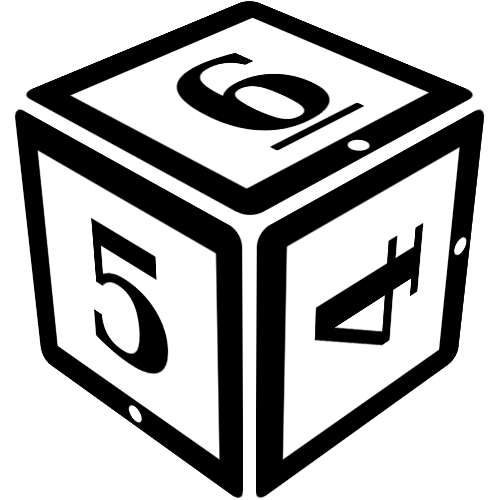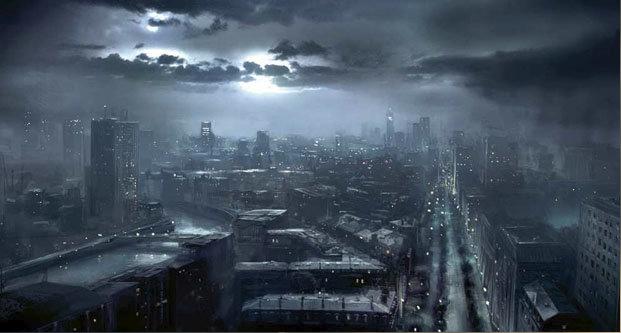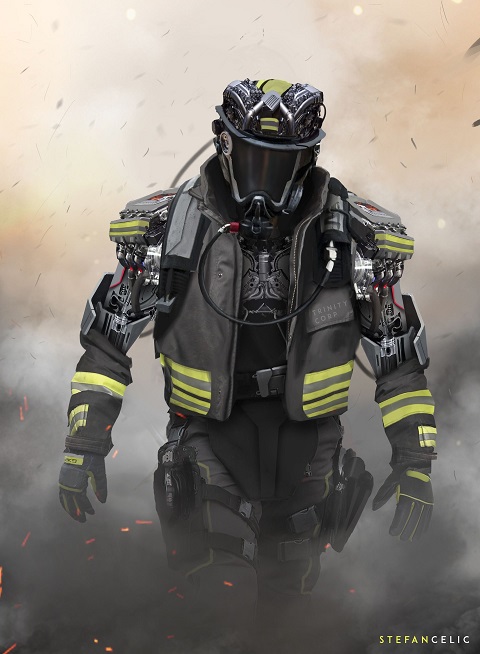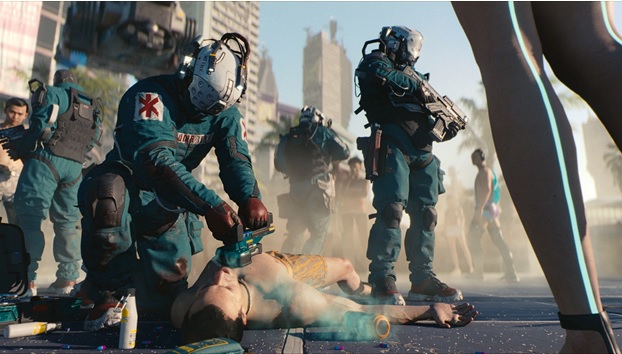
The Paradi City Fire Department (PCFD) is one of the best in the nation, by contrast to the police. Pioneers and innovators in the field, the PCFD not only runs a prestigious training academy which hosts visitors from across the world, but also has its own R&D department which conducts research into fire science on their behalf. At face value, and in media reports, this means the PCFD is one of the most efficient and esteemed branches of local government in existence. After all, everyone loves the firefighters while they hate the cops. As with anything in Paradi, the truth is a mixed bag.
In any given situation, Paradi is an extremely cramped mechanism. With layer upon layer and buildings pressed as close to one another as possible to accommodate space demands, any fire has the potential to quickly grow into a city-wide disaster. When a fire does break out, and there are numerous fires per day in a city this size, the FD’s first duty is to the safety of the city as a whole. That means preventing the fire from spreading. While search and rescue teams do their best, if the fire shows signs of growing out of control, the FD will begin to flood the structure with both water and foaming agents which remove oxygen. This will happen regardless of who may be trapped inside still. Dark humor suggests that this policy gives the PCFD a higher body count total than PD and SD combined. There might be some truth to it also. More than half of Paradi’s firefighters who’ve worked for more than five years sport at least one plugin from injuries sustained due to these tactics.
Advances in medical science have enabled portable and highly efficient diagnostic and treatment machines to be carried in mobile units such as ambulances. These devices are capable of operating automatically and autonomously, to save lives and prevent further harm. Nevertheless, the survival rate in Paradi City ambulances is notoriously well below the projected mark for the equipment used. This is due to multiple factors.
Primarily, the best equipment and teams operate in High and Upper Paradi. An ambulance can get to your door, assess your condition, and either transport you or medevac you to the appropriate care facility within twenty minutes. This means the teams in Mid and Lower Paradi don’t have the newest equipment and their response times are much slower. It’s not uncommon to wait an hour for an ambulance to arrive and if a more urgent call comes in, your ambulance gets diverted.
Secondarily, those who live in High and Upper Paradi can afford the best insurance. Most people in Mid to Lower cannot. The Paradi FD is extremely expensive to use for medical services and patients are required to show proof of insurance before more than cursory treatment is offered, or else make a down payment of one quarter the projected final cost. This is outside the financial ability of many. The PCFD is mandated to provide basic treatment but the degree of it is variable on what a person can afford. Suffice to say, if you’re a resident of Mid having a heart attack and can’t afford the ambulance ride, you’ll be given a three-hundred dollar bottle of modified Aspirin to unclog your veins and advised to call your health provider in the morning. It’s gotten to the point where it’s more affordable for some of those people to purchase a blackmarket plugin heart and artery/vein system.
Due to the cost of their equipment and the oft-dangerous parts of the city they go to, paramedic units are prime targets for greedy thieves. After a rash of false alarms designed to lure ambulances in, the theft of their equipment, and the murder of their crews, Paradi City began training and equipping paramedics with body armor and firearms. While they do not have any law enforcement powers inherently, PCFD members can use force, up to and including deadly force, to safeguard their equipment, themselves, and their patient. Traditionally in that order as well.



